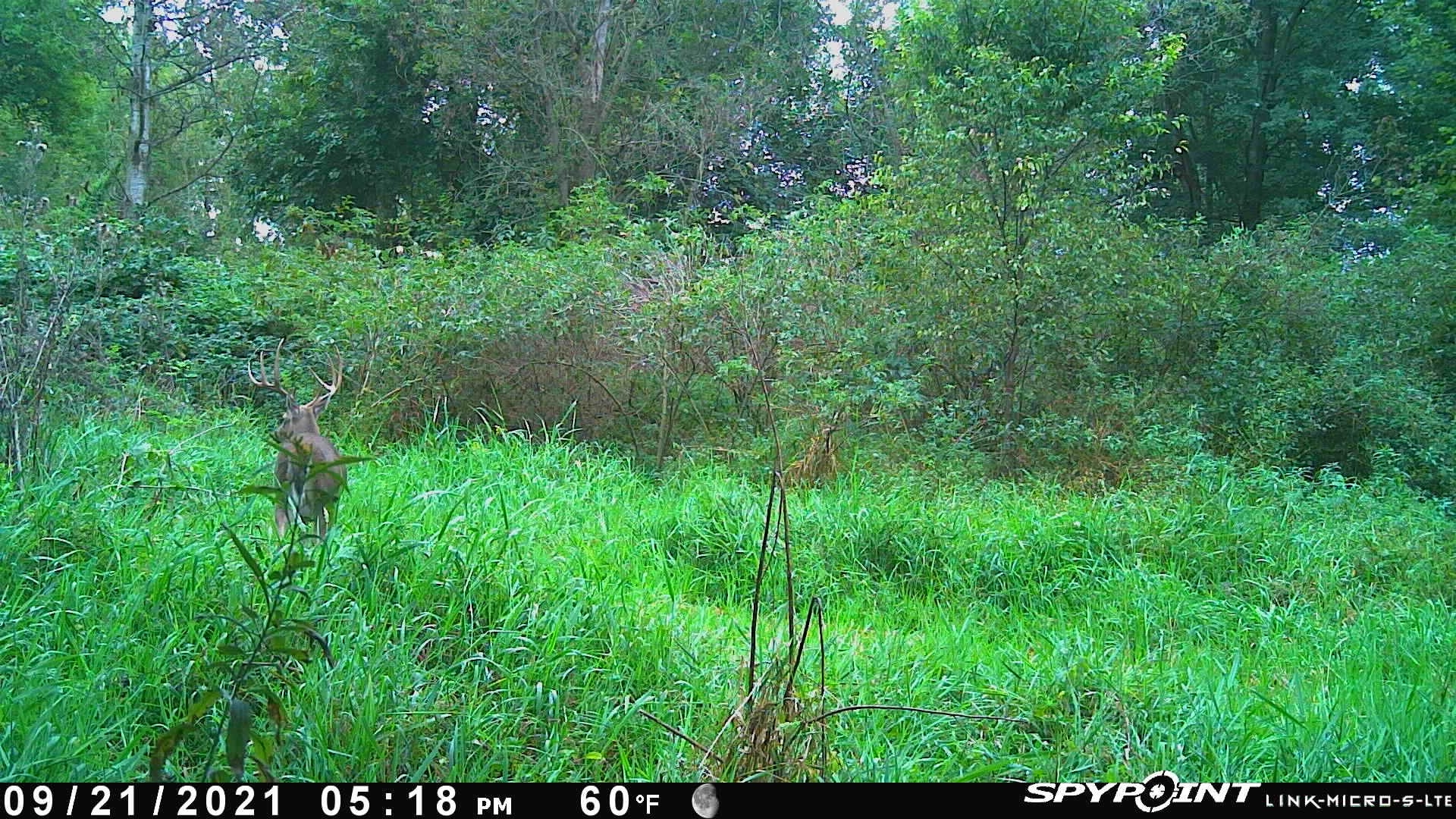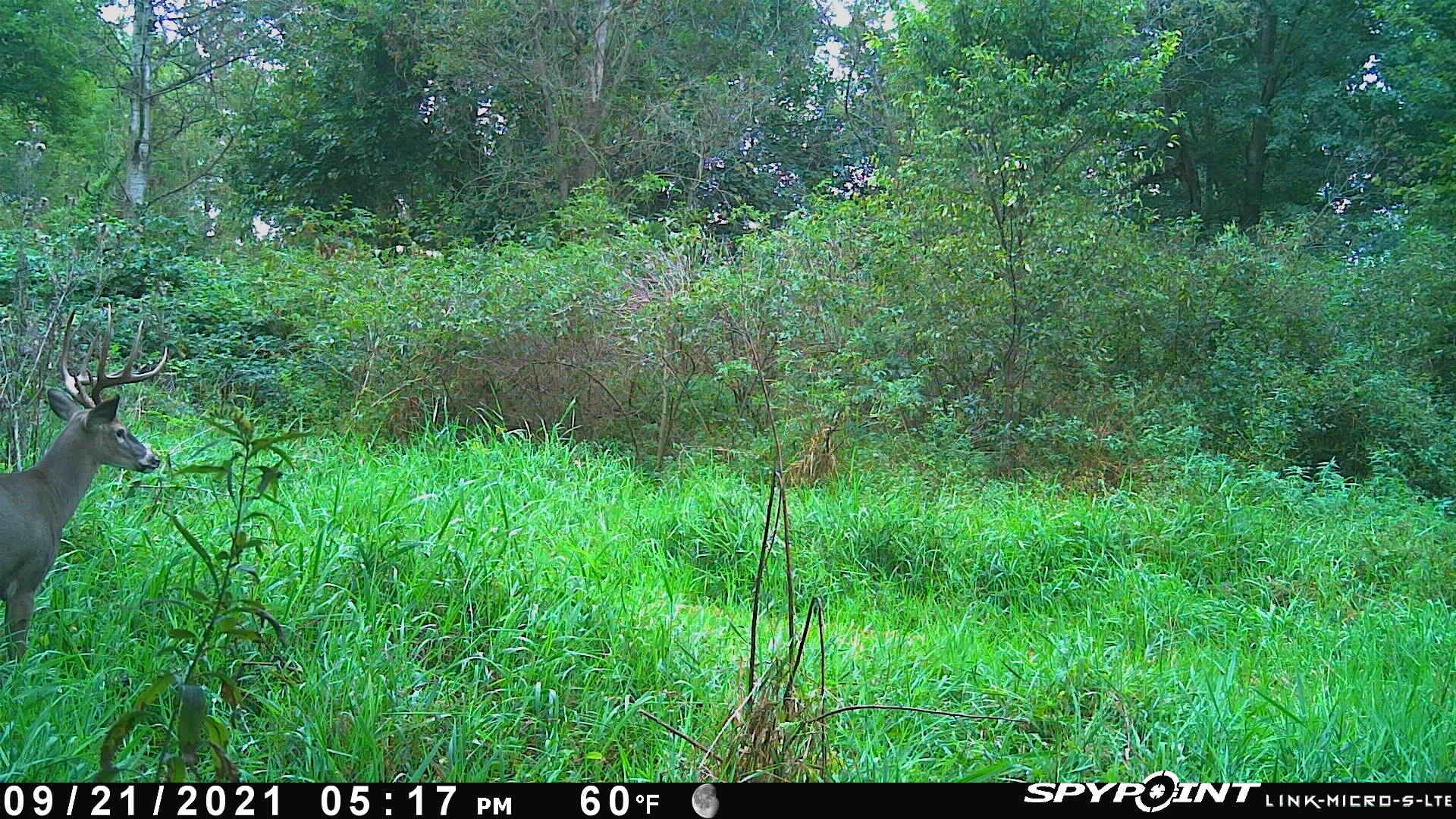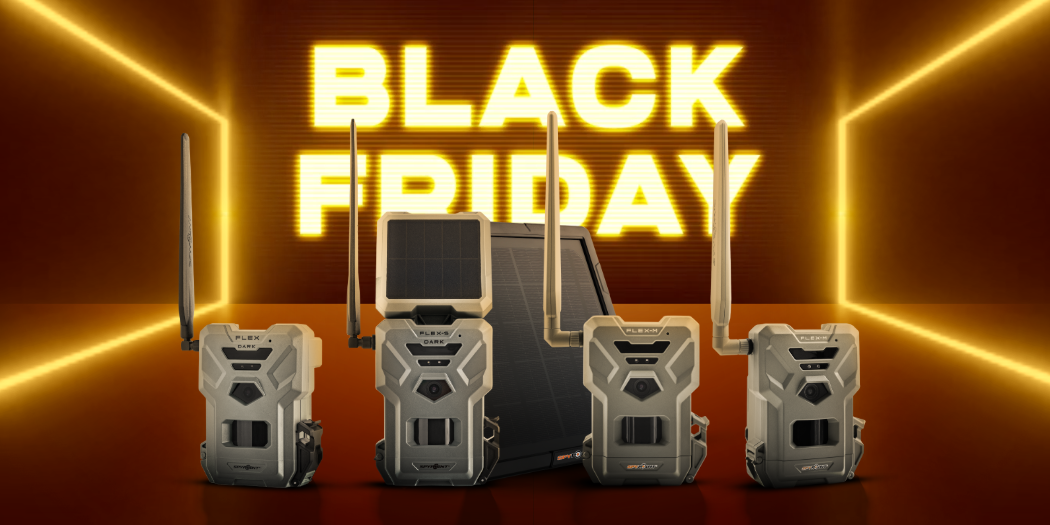
Two easy ways exist to learn how to judge a whitetail buck in the field. One is knowing how to quickly score the antlers to have a ballpark number in your head. The other is that the buck is big enough to immediately make your body shake with a powerful surge of adrenaline. It’s a feeling you can’t replicate with anything else.
It’s only for the select few who pursue whitetails and experience the thrill. And in this case, we’re talking about any buck that gets you excited. Depending on your state, club or lease regulations, we’re of the mind that hunters should shoot what makes you happy. But if you’re going after big bucks, learning to field judge them is a helpful, fun tool to have in your melon.
Ted Jaycox owns Tall Tine Outfitters and guides hunters for deer in Kansas and Mexico, and turkeys in Florida. He’s been doing it for many years, is highly successful, is highly selective of his clients, and is outstanding at describing bucks on the hoof. I hunted at his south-central Kansas property several years ago as a guest of Mossberg and Swarovski. Our crew of four battled below-zero temps and wind chills in the -20s, but we all shot great bucks.
The night before we began hunting, Jaycox showed us images of bucks at our stands. He had perhaps 25,000 — I’m serious — game camera photos, if not more, and pointed out specific things about the bucks. These things were good, these were not. He had a 150-inch minimum.
Scoring on the hoof, he said, involved quick thinking and putting aside the emotions. You might know that it’s big because it gets your motor running. But does it hit 150? He suggested gauging the width being at least outside the ears – like really outside, and not touching or close – and the G2 and G3 tines being at least 10+ and 8+ inches if not more. They should be long and tall, he said, with the main beam coming out hard with good possibly to the tip. The other tines and brow tines should be immediately recognizable – nothing short or spindly. Put all that together and if there was any doubt, wait.


Placing cameras properly will usually let you get multiple photos of a deer. Different angles and distances can really help you put a better guess together for the size of the rack.
Our crew experienced the same guidelines at Heartland Pride Outfitters in northwest Kansas. Cody Kuck and Jorden Schwarz scour thousands of camera images, put boots on the ground scouting and know their stuff. Hunters regularly see and kill bucks scoring in the 160s or better, along with mule deer, elk and pronghorn. Before the hunts begin they discuss on-the-hoof scoring by looking at photos and the gorgeous taxidermy mounts on their lodge walls. They emphasize waiting, studying and also say if you get that “OMG!” tingle, it could be the one.
WATCHFUL WAITING
That’s the key. Waiting. If there is any doubt, if there is any “Hmmm, I wonder” moment, then you should reassess.
I heard that while bowhunting years ago at Tara Wildlife in southwest Mississippi. Our checklist instructions: at least 185 pounds, antler bases of at least 4 inches, main beam at least 20 inches, inside spread of at least 16 inches and “good tine length.” Bucks have to meet at least three of those. The criteria were similar at White Oak Plantation south of Tuskegee, Alabama, and at other clubs and lodges in the Southeast. The purpose? To make hunters wait, look, study and think about a buck’s age and size before flinging an arrow. If you killed a sub-buck, you paid a financial penalty.
My personal measuring stick is if a buck doesn’t make my knees weak, it’s not for me. I still get excited when I see bucks or does. I enjoy seeing and watching them. But if I’m hunting something special, it better be special. I don’t go to Kansas or Texas or Canada to shoot 130s. On a hunt in central Kansas about seven years ago, a buck tending a doe had me so unglued I wasn’t sure if I could’ve released an arrow. There absolutely was no doubt it was mature, and scored easily in the 160s. And it still was probably 150 yards from me! When I told our hosts about it later, he casually replied, “Sounds like the big 170 we’ve seen around here. It’s a good one.” The following season, in the same stand his son shot a buck that scored more than 180.
SCORING ON THE HOOF
Studying bucks and gauging antler scores isn’t difficult. It just takes time and a serious intent to not over-score. You don’t want your brain to turn into a “Dudeeee, those Gee-tooos were like, really really long, and the bases were soooo maaasssssive!” camp scene. A healthy dose of reality makes a difference.
If you don’t live in an area with big bucks, watch videos or look at magazine photos. You’ll start to understand the difference in a legit 12-inch tine and one that’s eight inches. You’ll see the mass in the tines and main beams, and bases. The brow tines, or eye guards, will be longer and thicker. If you study it enough, you’ll see the difference.
I strongly recommend using a good binocular for pre-season scouting and in-season hunting. Quality binoculars give you a chance to really look more acutely at the bases and tines, the width in relation to the ears, and other factors. On a Kansas hunt about 10 years ago I saw a great buck crossing a field by itself. I knew it was a good one, but my binocular confirmed it: width, mass, gnarly trash around the thick bases. It scored 146 and was a cool surprise.
In the stand, look for these things if you’re wanting to score bucks on the hoof:
Width: Antler width should be at least to if not outside the tips of the ears. The caveat is a buck with tremendous mass and tine length but a high rack. We’ve seen some of those. For whatever reason, they went up instead of out.
Mass: From the bases to the tips, big bucks carry the mass through the antlers. This is indicative of age and nutrition. Good food and minerals help put on more bone. Good genes, to a lesser degree, add to this. A solid, heavy-mass buck will stand out.
Tine length: The G2 and G3 tines should be long and strong. They’ll look like daggers. Remember to manage expectaions, too. If you’re in an area with giant bucks – Kansas, Wisconsin, Iowa, Texas – that score in the 170s or more, tines may be 12-15 inches long. If your area’s “giant bucks” usually are in the 130-140 range, they’ll be shorter. The G2 and G3 will be the giveaways, though.
Main beam: Coming from the bases, the main beam should carry the mass out to the tips. They clearly should be thick and supportive.
The OMG Factor: This gentle description is the “Holy ****!!” moment you see a truly giant buck. It takes your breath away. You have to compose yourself, focus, find that spot for the shot, and ignore the antlers. Harder said than done. Almost every hunting lodge and guide I’ve ever spoken with mentions this at some point, too. If it doesn’t make you swoon at first glance, it’s probably not the one.

Keep regional factors in mind. Many people underestimate the rack size of Canada whitetails because their massive bodies make their racks look small!
OFFICIAL SCORING
Boone & Crockett, Pope & Young and Buckmasters offer official scoring methods. If you’re interested in those, find and scour their sites. They explain their methodology, provide scoring information and sheets, and have ways to find official scorers. They also have records for deer and other game animals.
Hunters have different reasons for having their bucks scored. Some are proud of the accomplishment, which could be the biggest of their life. Others are egoists and want to brag. Or maybe the hunter is OCD and has to know exactly what the antlers measure. And perhaps it’s just been a longtime dream of being in a record book. Other hunters don’t give a hoot about scores, record books, social media or anything other than the hunt. It’s more personal to them. Or they dislike the chest-thumping, or what they perceive to be bragging. And many just don’t want others to know they killed a whopper in a specific area.
Whatever the case, scoring options exist. You can find them online through the organization’s sites. State conservation departments, your local game wardens or local outdoors stores often may know a name or contact. If you don’t have a Mom ‘n Pop outdoors store or bow shop, chances are good that TokBook Timmy at the Woke SportsMart won’t have a damned clue about scoring anything other than likes on a social media post. Go the source — the organizations — to find a scorer in your area.
Often, too, at summer deer or outdoors expos a scoring session will be available. Big bucks attract eyeballs. Seeing a guy walk into a convention center with a shoulder mount that scores 172 creates chatter. And, usually, some smiles. It’s not difficult to find an official scorer if you search around.
Learning how to score bucks isn’t difficult. It just takes time and dedication, before the season and then in the stand. Doing so will help you become a better hunter, too.
Article by Alan Clemons



